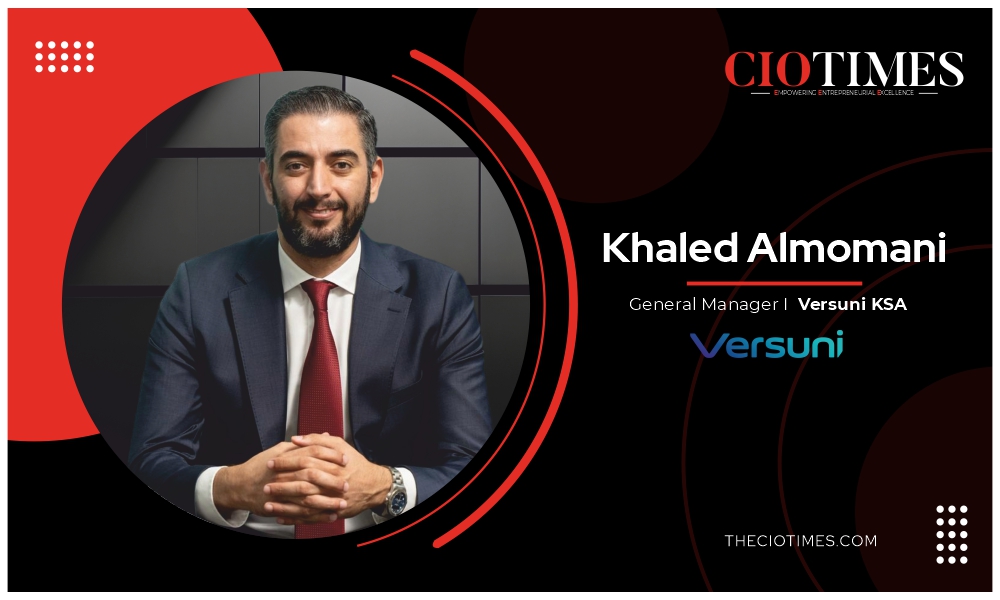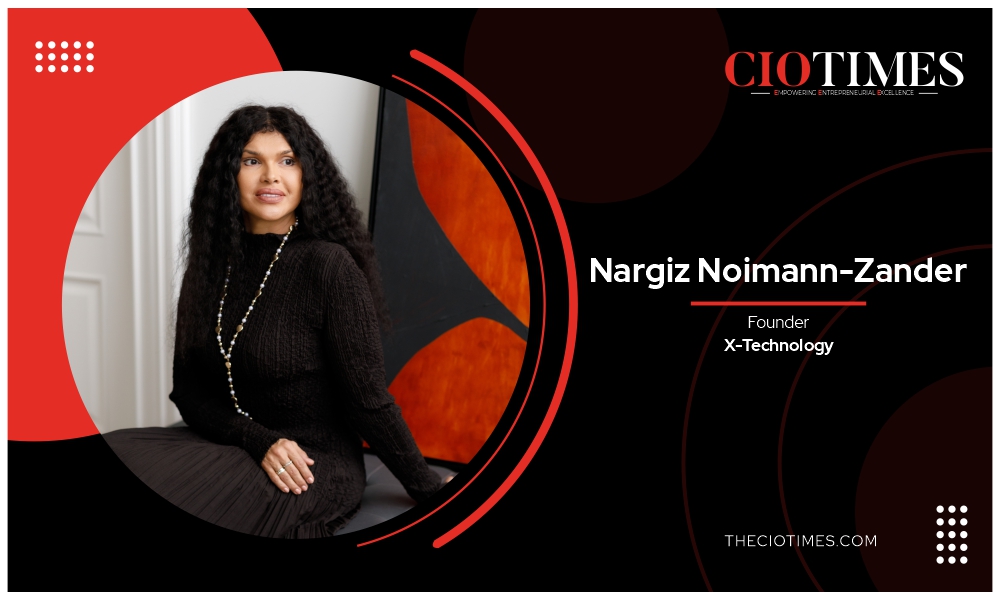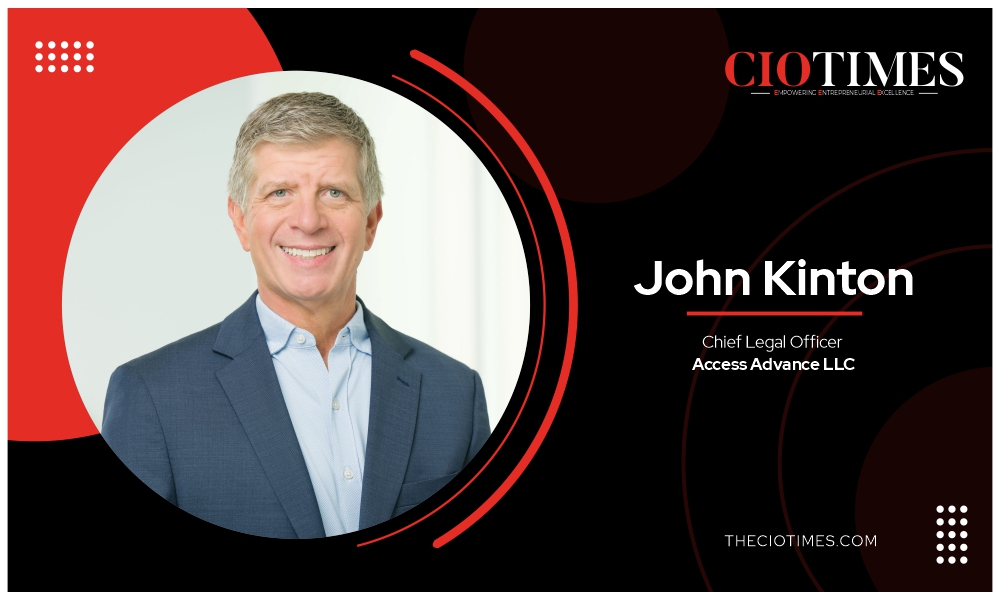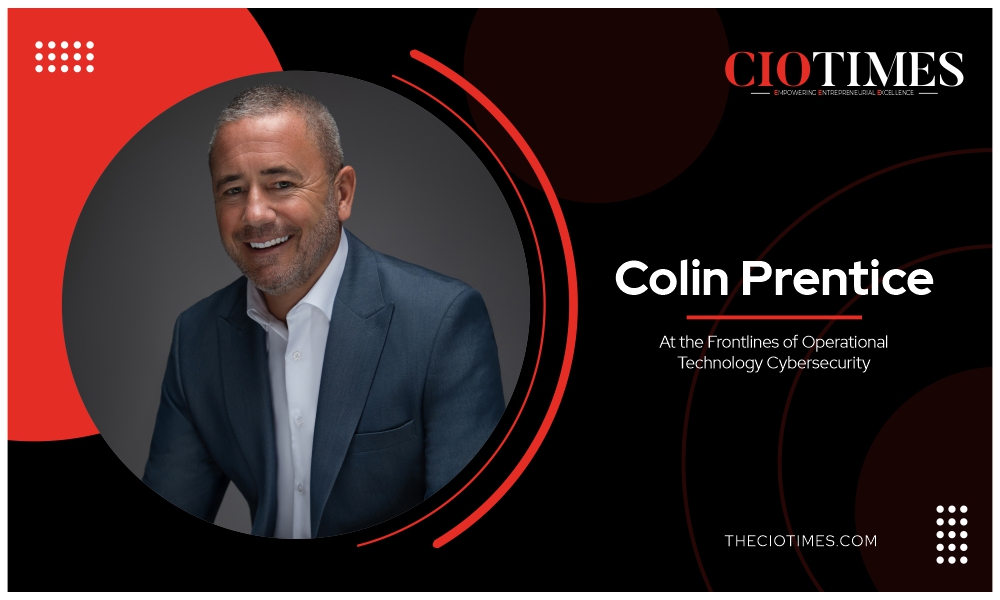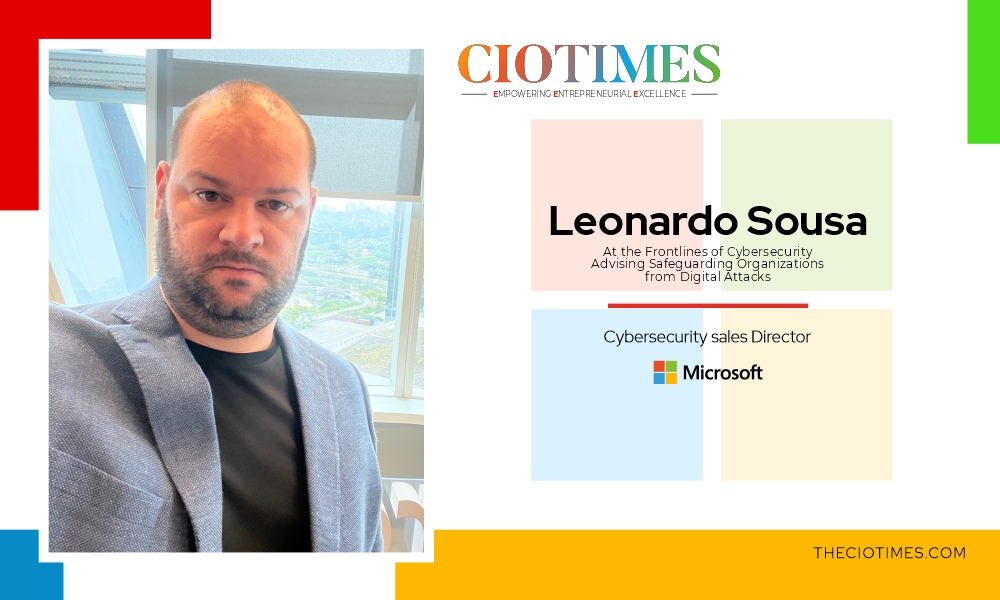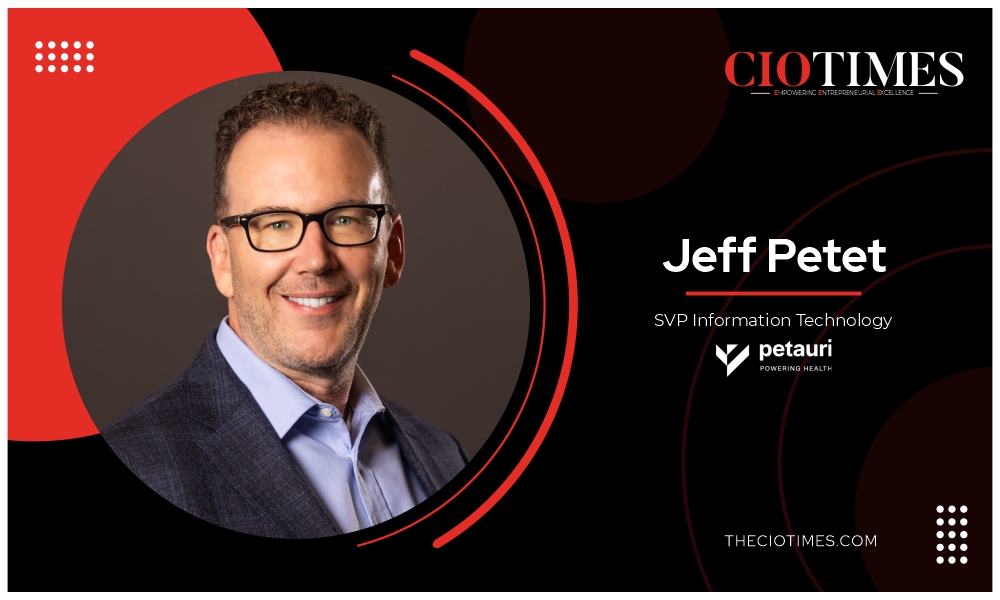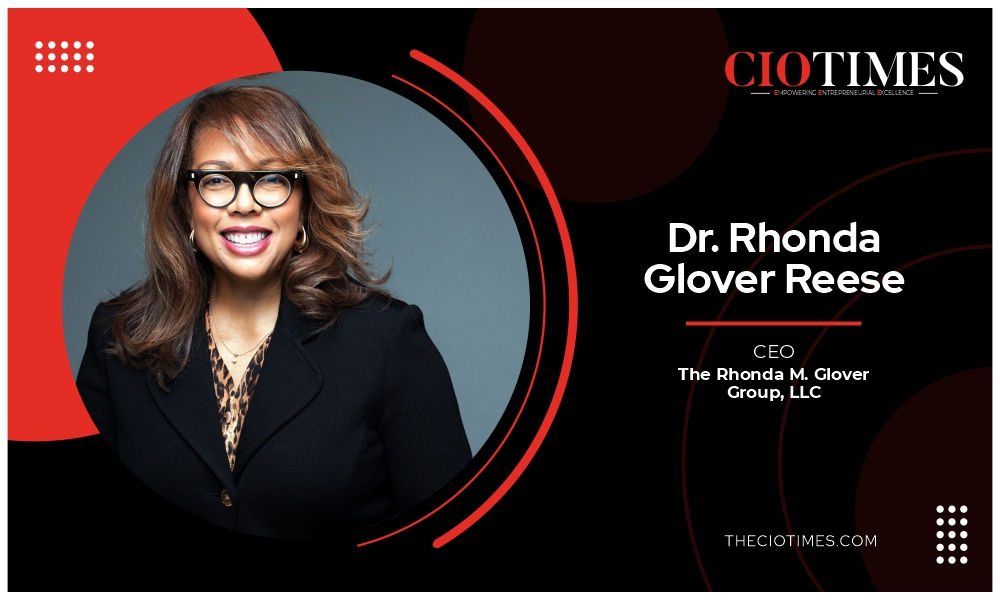A Chief Sales & Medical Officer (CSMO) embodies the powerful convergence of commerce and care. In the modern corporate sphere, this role harmonizes strategic growth with medical integrity. Dr. Michal Wojcicki, Chief Sales & Medical Officer, Cannerald is an epitome of this strategic approach. His evolution from pharmacist and entrepreneur to Chief Sales & Medical Officer has profoundly shaped his leadership philosophy, anchored in patient logic first and commercial logic second. This grounding gives him a disciplined framework to balance growth, risk, and reputation while keeping ethical precision at the center of every decision.
His foundation in pharmacy instilled a deep respect for accuracy, documentation, and risk awareness. Transitioning into commercial leadership, he developed expertise in speed, segmentation, and incentive design. The synthesis of these experiences defines his leadership model: establish a clear strategic north star, build governance that enables the right behaviors, and execute with pace without crossing ethical or regulatory lines.
As CSMO, Dr. Wojcicki applied this disciplined approach to transform an underperforming international sales function. He restructured the team around key account management and regulatory literacy, strengthened forecast accuracy, and shifted demand generation from push-based tactics to inbound credibility by positioning trusted professionals before clinicians, pharmacists, and buyers. The results were tangible: multi-country buyers secured for 100 percent of production capacity, an 18-month sales pipeline, and long-term distribution agreements exceeding €45 million for 2025, all achieved with zero compliance issues across multiple market launches, including Sweden, Switzerland, Portugal, Germany, Slovenia, the UK, Poland, and the Czech Republic.
He adds, “This evolution shaped how I design teams and processes.”
He favors small, high-judgment teams guided by transparent scorecards, structured stage definitions, and clear decision logs. He expects evidence of enthusiasm and composure under pressure, and sees Medical, Quality, and Legal as integral to daily operations, not peripheral consultations.
He deserves the spotlight for exemplifying a rare blend of medical integrity, commercial strategy, and transformative leadership. His journey from pharmacist to Chief Sales & Medical Officer reflects a visionary approach to bridging science and business with precision and purpose. Under his leadership, global operations have achieved unprecedented growth, delivering multi-market expansion, flawless compliance, and measurable impact across Europe.
For Dr. Wojcicki, speed is only meaningful when it is sustainable, disciplined, and defensible, a kind of agility that stands up to the scrutiny of regulators, clinicians, and patients alike.
Scientific Commerce
Dr. Wojcicki has mastered the art of translating therapeutic value into commercial value a balance that preserves scientific integrity while driving measurable business growth. His approach is defined by three core disciplines that ensure credibility, compliance, and sustainable differentiation across diverse markets.
First, he emphasizes evidence-based messaging developed in alignment with Medical and Quality functions, ensuring that every customer dialogue focuses on clinical outcomes, benefit-risk balance, and procurement value rather than marketing slogans. Second, he embeds compliance by design, where all claims, materials, and training are built to GxP and GCP standards from inception, complete with traceability and audit-ready documentation. Third, his pricing strategy reflects genuine clinical differentiation and supply reliability, defending value through data, service excellence, and consistency, not discounting.
Grounded in his MSc in Pharmacy and ICH E6(R2) GCP training, and refined through years of cross-functional execution with Medical, Quality, and Operations teams, Dr. Wojcicki moves seamlessly between clinical and commercial spheres. This foundation enables his teams to avoid the two most common pitfalls in healthcare sales: overpromising technically or underdelivering commercially.
He asserts, “Across diverse markets, the discipline is the same, the emphasis changes.”.
In DACH, he builds trust through rigor and documentation; in CEE, he leads with speed and reliability; while in the UK and Nordics, transparency and data-driven outcomes form the cornerstone of credibility. By standardizing the operational backbone and customizing market execution, he ensures compliance without compromising agility, creating long-term, compounding value that strengthens both brand integrity and business performance.
Disciplined Growth
Dr. Wojcicki’s transformation of the international sales organization was driven by three decisive strategic moves that combined structural clarity, operational discipline, and credibility-driven growth.
The first was a complete organizational reset. He built a team grounded in Key Account Management rigor and regulatory fluency, investing heavily in coaching to enhance forecast accuracy, stage discipline, and strategic account planning. Activity without commercial impact was eliminated. Each account manager owned a concise one-page plan outlining economic buyers, clinical stakeholders, decision timelines, and next verifiable actions, ensuring focus, accountability, and executional precision.
The second was redefining the operating cadence. Weekly pipeline meetings centered on tangible stage progression and evidence-based discussions, while monthly forecast freezes enforced decision-making discipline and eliminated redundant data churn. Quarterly business reviews brought together Commercial, Medical, Quality, and Operations teams, aligning supply, risk, and messaging under one integrated rhythm. This consistency created speed without bureaucracy.
The third was executing a demand generation shift from outbound push to inbound pull. By positioning credible experts on stage and in clinical forums, and by tightening medical information channels, Dr. Wojcicki built thought leadership that translated into higher-quality inbound opportunities and shorter sales cycles.
The results were both quantifiable and compliant: multi-country buyers secured for 100% of production capacity, an 18-month forward sales pipeline, and long-term distribution agreements exceeding €45 million for 2025, all achieved with zero compliance breaches.
For Dr. Wojcicki, this success reflects a simple truth: speed and discipline can coexist when teams are designed for clarity, accountability, and trust in execution.
Strategic Expansion
Dr. Wojcicki’s market entry and expansion strategy across EMEA, CEE, and DACH is built on a disciplined six-pillar framework that integrates regulatory foresight, operational precision, and commercial integrity. Each pillar reflects his belief that sustainable growth requires alignment between compliance, capacity, and customer trust.
1. Regulatory Cartography Before Forecasting
He begins every market entry with a complete regulatory mapping and gap-closing plan ensuring that commercial forecasts are grounded in compliance realities rather than optimism.
2. KAM and Channel Design Rooted in Patient Journeys
Territories, roles, and incentives are structured from the pharmacy counter back to the prescriber and distributor, ensuring that every decision reflects the real flow of patient care rather than internal hierarchies.
3. Rigorous Partner Diligence
Distributor selection goes far beyond licensing checks. Dr. Wojcicki evaluates partners on service quality, pharmacovigilance maturity, financial stability, and compliance history, establishing joint KPIs and predefined exit rules to protect operational consistency.
4. Forecasting Aligned with Capacity and Quality
Forecasts begin with what supply can reliably deliver. The S&OP process sits at the core of his cadence, ensuring that every commercial commitment is both credible and deliverable.
5. Early Investment in Medical Education
He strengthens market confidence through early investment in medical information and credible expert engagement, reducing trial friction, improving prescriber trust, and minimizing post-launch support needs.
6. Pricing Within Defined Value Corridors
Pricing and trade terms are anchored within structured value corridors, with escalation rules that safeguard brand equity and maintain price portability across tenders, trade, and direct contracts.
This playbook proved instrumental in launching the company’s own brand across multiple regions. The Czech Republic remains a benchmark example demonstrating full-cycle execution from regulatory readiness and positioning to distributor onboarding, pharmacy access, and sustained commercial success.
Empowered Leadership
Dr. Wojcicki leads with a people-first philosophy centered on alignment, accountability, and empowerment, three principles that guide how he builds and sustains high-performing, multicultural teams across complex markets.
He begins with a clear, one-page narrative that defines who the organization serves, how it wins, and how success is measured. This narrative becomes operational through structured stage definitions, S&OP-linked forecast freezes, and consistent accountability, applied equally across all levels. For Dr. Wojcicki, accountability is not about hierarchy; it’s about shared clarity and consequence without drama.
Empowerment, in his leadership model, comes from role clarity, capability building, and real decision-making freedom. He believes speed follows naturally when intent is shared and boundaries are understood. At Cannerald, he rebuilt the international sales division from the ground up, recruiting new talent, embedding key account planning, and strengthening forecasting discipline. At Galenicare, he led transformation across 40 sites, developing leaders through structured coaching, fair governance, and a culture of mastery and merit.
Dr. Wojcicki also balances empowerment with enablement. He ensures his teams have access to playbooks that define excellence, compliant content libraries, and practical training that drives results. Equally important, he removes barriers, simplifying contracting, pricing, and logistics processes so teams can operate with agility and confidence.
His leadership philosophy is simple yet profound: when people experience fairness, clarity, and support, they commit deeply and perform exceptionally. For him, culture is not declared; it’s designed, operationalized, and lived every day.
Calm Transparent Leadership
Dr. Wojcicki adds, “Calm is a productivity tool, not a personality trait.”
they are operational tools that sustain clarity, focus, and high performance across regions. His leadership style transforms composure and openness into measurable productivity.
He runs three disciplined management routines that anchor his teams. Daily written priorities sharpen focus and eliminate distraction. Weekly one-to-one sessions function as coaching conversations aimed at solving problems early rather than showcasing status. Monthly business reviews prioritize truth over comfort, allowing issues to be addressed while they are still small and inexpensive to fix.
Transparency underpins every layer of his leadership. Scorecards are public, decisions are documented, and intent is shared, ensuring that every team member understands where they stand, what the plan is, and why decisions are made. This clarity is particularly vital in multicultural organizations, where silence can mask uncertainty. It also prevents central teams from micromanaging the front line. For Dr. Wojcicki, trust and information symmetry enable autonomy when regional leaders are trained, informed, and empowered, they make faster and better decisions than any headquarters could.
During his tenure at Galenicare, Dr. Wojcicki oversaw 40 managing directors and more than 800 employees across ten Swiss cantons. Under his calm yet structured leadership, the teams not only exceeded sales and EBITDA targets year after year but also achieved the highest sales performance levels across the organization.
His philosophy is simple but profound: calm leadership breeds clear thinking, and transparent systems create collective ownership a combination that consistently turns alignment into achievement.
Value Differentiation
Dr. Wojcicki’s approach to pricing, tendering, and brand differentiation is rooted in a disciplined principle of differentiating on trust and reliability, then pricing for defensible value. His strategy ensures that the brand’s positioning is anchored in measurable performance, not aggressive discounting.
For the brand launch, he established value corridors calibrated to clinical profile, supply reliability, and service commitments. Through carefully designed discount fences and channel rules, he prevented price leakage between tenders, trade, and direct contracts, protecting both margin integrity and brand perception.
In tendering, he employs a two-file strategy. The technical file consistently over-delivers on quality, compliance, pharmacovigilance, and service-level agreements, while the commercial file explicitly defines penalties and service credits.
He shares, “When buyers can see and price the true risk delta, they rarely default to the lowest sticker price.”
Over time, this method transforms credibility into brand equity. It reduces the need for reactive discounting, enhances distributor confidence in inventory and credit planning, and builds relationships grounded in reliability and transparency.
This structured approach underpinned the company’s own brand launches and secured long-term distribution agreements exceeding €45 million for 2025, stabilizing both the pipeline and cash flow. Under Dr. Wojcicki’s leadership, the brand’s market strength now rests on reliability, documentation, and disciplined execution a model of sustained growth built on integrity rather than noise.
Data Discipline
Dr. Wojcicki approaches data intelligence and digital integration with a principle of functional simplicity; systems must be clear enough to be used and smart enough to drive action. His leadership philosophy ensures that technology enhances decision-making rather than complicating it.
He anchors forecasting and S&OP processes in shared accountability. Key Account Managers own their forecasts, which are reconciled with Operations and Quality to ensure every commercial commitment aligns with real supply capacity. The CRM mirrors this logic, where each stage is defined by verifiable milestones, signed agreements, approved documentation, completed testing, and confirmed delivery windows.
Performance visibility rests on three primary metrics: forecast accuracy by SKU and market, pipeline coverage by quarter, and stage-by-stage conversion rates. This unified data framework ensures that leadership and field teams view the same dashboards, eliminating sandbagging and improving decision velocity.
He adds, “I also differentiate between signal and noise.”
tracking only those leading indicators that meaningfully predict business movement: clinical engagement quality, distributor inventory health, regulatory milestone progress, and training completion rates. For him, raw activity counts are distractions; actionable metrics are the real levers of performance.
On the digital front, he insists that tools must serve cadence, not vanity. Dashboards are valuable only if they inform weekly or monthly decisions; otherwise, they are decoration. This practical discipline is shaped by his experience at Galenicare, where he collaborated cross-functionally with Marketing, PR, Expansion, and Customer Success to define business requirements, metrics, and KPIs that strengthened both workflows and strategic outcomes.
Through this data-driven yet human approach, Dr. Wojcicki ensures that intelligence translates into alignment, agility, and measurable impact, turning visibility into a strategic advantage.
Collaborative Innovation
Dr. Wojcicki views healthcare innovation as a system built on collaboration rather than solely on product advancement.
He shares, “I build partnerships on shared risk and shared data.”
It also includes mutual accountability principles that drive sustainable impact across the healthcare ecosystem.
With distributors, he establishes alignment through clear service-level agreements, inventory frameworks, pharmacovigilance responsibilities, and rigorous quality documentation. Performance is continuously reviewed against transparent KPIs, ensuring operational integrity and predictability on both sides. With clinicians and medical institutions, Dr. Wojcicki emphasizes education and feedback mechanisms that refine therapeutic use, patient selection, and product handling, naturally improving outcomes and reducing inefficiencies.
This disciplined and transparent approach has enabled him to secure multi-country buyers, uphold compliance, and sustain long-term agreements that balance opportunity and risk. From the pharmacy floor to the C-suite, his leadership is defined by clarity, fairness, and shared accountability.
For him, successful partnerships thrive when all parties can see the same scoreboard. Through joint business plans, shared dashboards, and structured quarterly reviews, he ensures alignment of incentives and early visibility into potential challenges. By honoring both the spirit and the letter of each agreement, he transforms collaboration into a true engine of healthcare progress.
Insight-Driven Leadership
Dr. Wojcicki views speaking engagements as a rigorous stress test for ideas, a platform where clarity, credibility, and evidence must stand up to scrutiny from clinicians, regulators, and payers alike. These forums allow him to test assumptions about market access, patient safety, and adoption dynamics across regions, refining the organization’s product–market fit, objection-handling strategies, and communication frameworks with healthcare professionals and buyers.
Beyond intellectual exchange, these global interactions enhance brand trust and visibility. When peers challenge and still choose to collaborate, the result is stronger inbound interest and higher-quality partnerships.
Within his organization, he ensures conference insights translate directly into execution. He institutionalizes post-event debriefs that capture actionable learnings, adjustments to the commercial funnel, messaging evolution, and emerging policy shifts. These reflections feed into quarterly planning and content development, turning external engagement into an internal growth engine. Over time, this disciplined feedback loop compounds into a sharper strategy, smarter positioning, and sustained market leadership.
Data-Driven Leadership
Dr. Wojcicki believes that the next era of healthcare leadership will be defined by the ability to fuse AI, data intelligence, and governance into one coherent system of decision-making. In his view, the true differentiator will not be access to advanced technology, but the discipline to operationalize it responsibly.
He sees three key shifts shaping this future. First, forecasting and S&OP will increasingly rely on AI, but success will depend on verified data and strong change management. Second, medical communication will demand full claim traceability and content governance, elevating integrity and consistency. Third, compliance will evolve from reactive oversight to predictive, data-driven accountability, favoring organizations that embed auditability into their design.
He invests in staying ahead of this curve through continuous education, having completed advanced programs at Harvard Business School and Harvard Medical School on leadership, business strategy, and AI in healthcare. Yet, he remains pragmatic, guided by principles such as deploying only interpretable AI models, using dashboards that drive real decisions, and redesigning processes before scaling tools.
He adds, “The future of leadership will belong to people who can integrate science, data, and governance without losing the human side of healthcare.”
Principled Leadership
Dr. Wojcicki believes that meaningful leadership in healthcare begins with two essential qualities: integrity and execution. Integrity, in his view, means putting evidence before opinion, safety before sales, and documentation before celebration. Execution demands clarity in goals, discipline in cadence, and the humility to pivot when necessary. His guiding principle is simple yet powerful: make decisions one can defend before a regulator, a clinician, and a patient, and then move fast within that ethical frame.
His career embodies this philosophy. From consistently achieving top sales as a managing pharmacist and leading seven branches to regional success as an area manager, to guiding over 800 professionals across 40 sites to record-breaking results, his leadership journey has been defined by principled growth. As Chief Sales and Medical Officer, he rebuilt an international sales engine that sold 100% of production capacity, secured over €45 million in forward distribution agreements, and launched multiple products across countries with zero compliance issues.
For the future generation, he shares, “To the next generation: learn the science, respect the rules, love the scoreboard, and take people with you.”
The deals you walk away from to protect your reputation will define you more than those you close. True leadership, he reminds, is earning trust from patients, regulators, and colleagues alike and building a career that stands the test of time.



